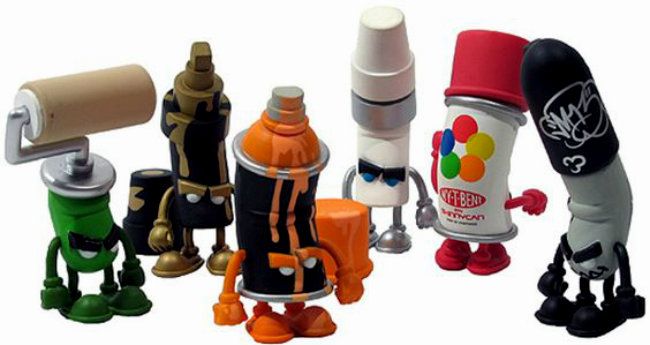From Concept to Creation: How to Design Your Own STL Files for Custom 3D Printing Projects
3D printing has revolutionized the way we approach manufacturing, enabling individuals to bring their creative ideas to life. Whether crafting functional parts, artistic models, or personalized gifts, designing your own STL (stereolithography) files is the first step in creating unique 3D printed objects. This process may seem daunting at first, but with the right tools and guidance, anyone can design custom STL files for their projects. Here’s how to navigate the journey from concept to creation.
Understanding STL Files and Their Role in 3D Printing
STL files are the backbone of 3D printing. These files contain geometric information about a 3D object, breaking it down into a series of triangles that the printer can understand. The simplicity of STL files makes them universally compatible with most 3D printers, but this also means precision and planning are critical during the design phase. The design process starts with understanding the requirements of your 3D printed object, including size, shape, and functionality.
Visualizing Your Concept
Every design begins with a vision. Whether you’re creating a practical tool or a decorative piece, start by sketching your idea on paper or digitally. Think about the purpose of the object and the environment it will be used in. Will it need to withstand weight or heat? Does it have moving parts? By addressing these considerations early on, you can refine your concept and make it more feasible for 3D printing.
Choosing the Right Software
The software you use to create your STL files plays a significant role in the design process. Beginners often start with user-friendly programs like Tinkercad, which provides an intuitive interface for simple designs. As you gain experience, you may transition to more advanced tools like Fusion 360, Blender, or SolidWorks, which offer detailed control over every aspect of your model. These programs allow you to create, edit, and optimize 3D models before exporting them as https://i3dyou.com.
Designing Your Model
When designing your 3D model, it’s important to consider the limitations and capabilities of your 3D printer. For example, ensure that overhangs are adequately supported and that walls are thick enough to print successfully. Many 3D modeling software programs include features like grid snapping and measurement tools, which help maintain precision. Start with basic shapes and build up to more complex structures, using Boolean operations and modifiers to combine or subtract forms.
Iterative design is key. Don’t be afraid to prototype and revise your model multiple times. Each iteration provides valuable insights, helping you perfect the design for both functionality and aesthetics.
Optimizing for 3D Printing
Before exporting your STL file, ensure that your design is optimized for 3D printing. This involves checking for issues like non-manifold edges, holes in the mesh, or overlapping geometry. Many software programs include built-in analysis tools to identify and fix these problems automatically. Additionally, consider the orientation of your model. Proper orientation can reduce the need for supports, saving time and material during printing.
Exporting and Preparing Your STL File
Once your model is complete and optimized, export it as an STL file. This format ensures that the geometry of your design is preserved and ready for slicing. Slicing software, like Cura or PrusaSlicer, converts your STL file into G-code, which provides your printer with step-by-step instructions for creating the object. During this phase, you can adjust settings like layer height, print speed, and infill density to balance quality and efficiency.
Testing and Iterating
Printing your design for the first time is both exciting and nerve-wracking. The initial print may reveal issues with the design or printing process, such as warping, poor adhesion, or incorrect dimensions. Use these results to refine your model and printing settings. Iteration is a natural part of the 3D printing workflow and ensures your final product meets your expectations.
Bringing Your Ideas to Life
Designing your own STL files is a rewarding experience that combines creativity with technical skill. As you gain confidence, you’ll be able to tackle more complex projects and experiment with different materials, finishes, and techniques. Whether you’re designing for personal use or commercial purposes, the ability to create custom 3D models opens up a world of possibilities.
Conclusion
From the initial concept to the final creation, designing STL files for 3D printing is a process that bridges imagination and innovation. With the right tools and mindset, you can transform your ideas into tangible objects that reflect your vision and creativity. Embrace the challenges and enjoy the journey—each project is an opportunity to learn and grow as a designer.
